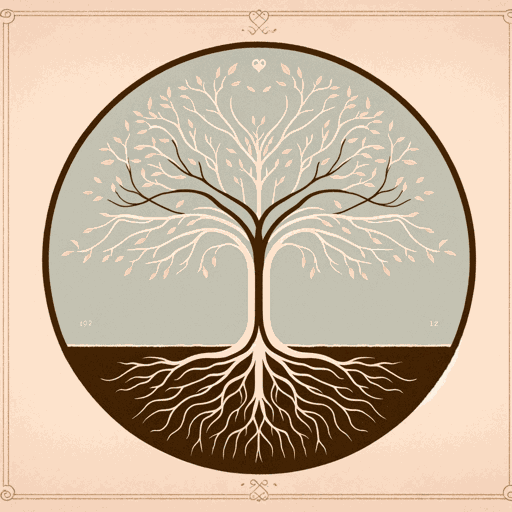44 pages • 1 hour read
Louise ErdrichThe Game of Silence
Fiction | Novel | Middle Grade | Published in 2005A modern alternative to SparkNotes and CliffsNotes, SuperSummary offers high-quality Study Guides with detailed chapter summaries and analysis of major themes, characters, and more.
Symbols & Motifs
Writing Systems and Oral Traditions
In The Game of Silence, writing systems stand in opposition to oral traditions, and this dichotomy becomes symbolic of the differences between the white settlers and the Ojibwe community. White society systematizes language and uses it as both a record and a weapon. By locking the Ojibwe people into a written contract that uses unfamiliar language, white colonizers trick the Ojibwe people and rob them of their ancestral lands. Ultimately, the white government uses language as a trap. By contrast, the Ojibwe people rely on memory and oral storytelling to keep the legacy of their history alive, retelling “stories, songs, [and] the words to promises and treaties. Everyone memorized all that was important (20). Because “memory was Ojibwe writing” (20), it is clear that, unlike the white colonizers, the Ojibwe people trust each other to be honest and faithful to the integrity of the story.
The writing systems and oral traditions that Omakayas is learning are indicative of her role in a new life in which white people live alongside Indigenous communities—at least, until those white societies force the Indigenous communities from the land. Omakayas is of a newer generation of Ojibwe who are more accustomed to the influence of white society.
Related Titles
By Louise Erdrich

Fleur
Louise Erdrich

Future Home of the Living God
Louise Erdrich

LaRose
Louise Erdrich

Love Medicine
Louise Erdrich

Shadow Tag
Louise Erdrich

The Antelope Wife
Louise Erdrich

The Beet Queen
Louise Erdrich

The Bingo Palace
Louise Erdrich

The Birchbark House
Louise Erdrich

The Leap
Louise Erdrich

The Master Butchers Singing Club
Louise Erdrich

The Night Watchman
Louise Erdrich

The Painted Drum
Louise Erdrich

The Plague Of Doves
Louise Erdrich

The Red Convertible
Louise Erdrich

The Round House
Louise Erdrich

The Sentence
Louise Erdrich

The Shawl
Louise Erdrich

Tracks
Louise Erdrich

